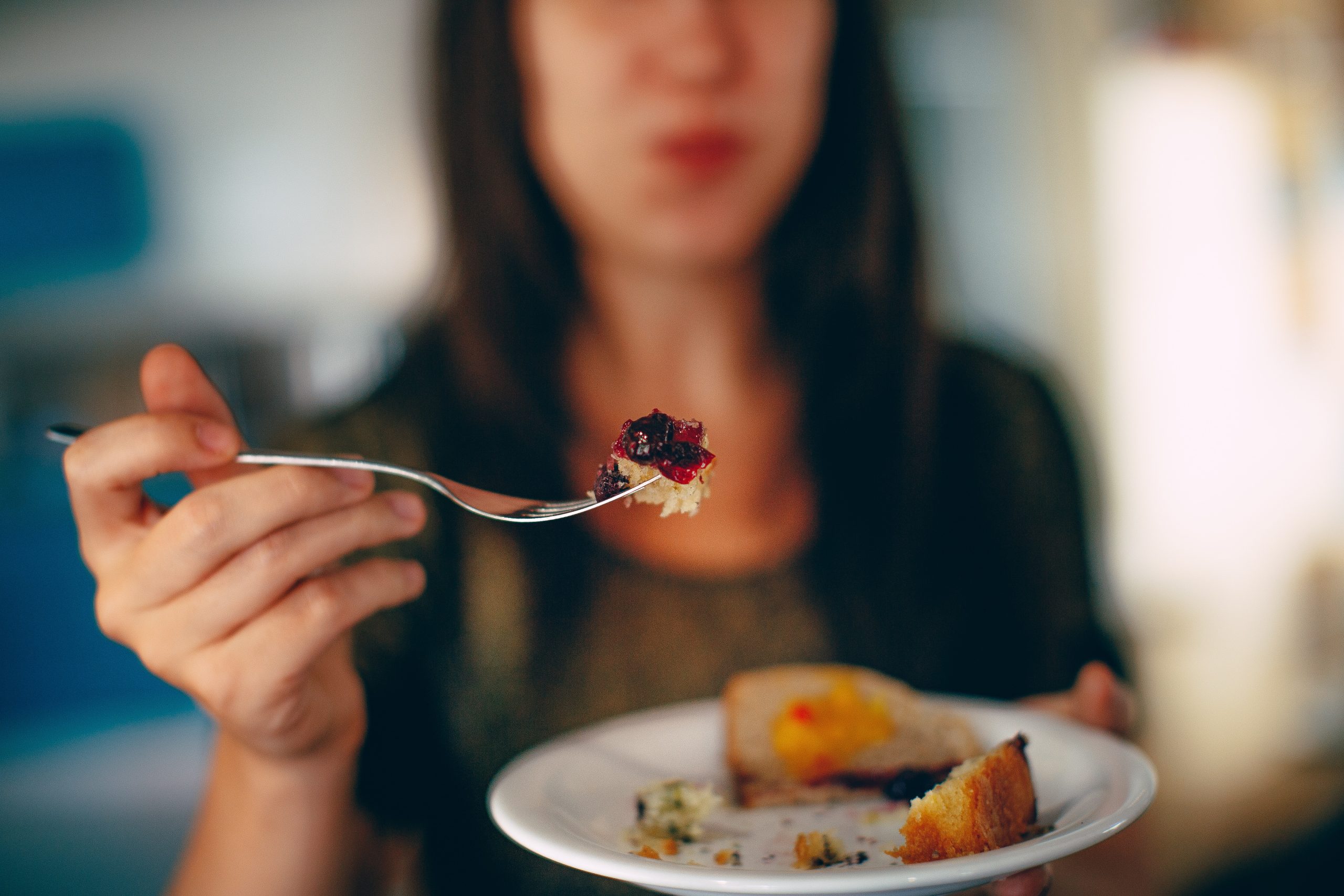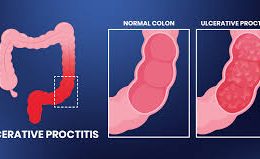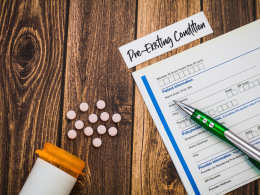In today’s digital age, social media platforms like Instagram and TikTok have become a breeding ground for unrealistic beauty standards, leading to an increase in eating disorders among women. As social media influencers and celebrities flaunt their toned bodies and sculpted abs, young women are bombarded with images that perpetuate the “thin ideal” – a cultural obsession with thinness that equates beauty with being skinny.
According to a study by the National Eating Disorders Association (NEDA), social media has contributed to a surge in eating disorders in recent years, particularly among young women. The study found that 70% of women aged 18-35 reported feeling “disgusted” with their bodies after scrolling through social media platforms. In addition, 50% of women said that social media had a negative impact on their body image.
The pressure to achieve the “perfect body” has led many women down a dangerous path of disordered eating. Anorexia, bulimia, and binge eating disorder are just some of the eating disorders that have become more prevalent among women, especially those who are constantly exposed to images of “perfect” bodies on social media.
Influencers and celebrities are not solely to blame for the increase in eating disorders, but they do play a significant role in shaping societal beauty standards. Many influencers promote weight loss products and extreme diets, which can be harmful to impressionable followers who may try to emulate their lifestyles.
However, there is hope. Some influencers are using their platforms to promote body positivity and self-love, encouraging women to embrace their natural bodies and reject the “thin ideal.” Many social media users are also using the hashtag #BodyPositivity to promote body diversity and challenge narrow beauty standards.
It is important to remember that social media is not the only culprit in the rise of eating disorders among women. Societal pressures, such as the media’s portrayal of beauty and weight loss, also contribute to the problem. Nevertheless, we must acknowledge the dangerous influence of social media on female body image and work to counteract its negative impact.
As journalists, we have a responsibility to report on this issue and raise awareness of the dangers of the “thin ideal.” By shining a light on the harmful effects of social media on female body image, we can help promote a healthier, more inclusive definition of beauty.










